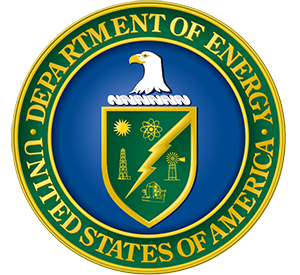Lawrence Livermore’s National Ignition Facility (NIF) conducts research in fusion and the high-energy-density (HED) realm of physics. NIF helps Lawrence Livermore National Laboratory (LLNL) carry out its stockpile stewardship mission of ensuring the nuclear deterrent’s safety, security, reliability and effectiveness. On Dec. 5, 2022, an inertial confinement fusion (ICF) experiment on NIF produced more energy from the self-sustaining fusion reaction than the laser energy delivered to the target: a condition known as ignition.
Dr. Tammy Ma currently leads the Laboratory’s Inertial Fusion Energy (IFE) Institutional Initiative, which is enabling the U.S. national, technical and community leadership needed to build the foundational science and technology for IFE and support the Department of Energy (DOE’s) vision for accelerating the commercialization of fusion energy. The repeated achievement of ignition at NIF has established the fundamental scientific feasibility of laser-driven ICF as a path toward fusion energy—a potentially clean and limitless source of energy.
“What I love about working at Livermore is that we do science with a purpose. Whether it’s national security, or energy research, or astrophysics, it all has an angle that’s achievable and has real significance,” says Ma. “You bring together great people to work on difficult projects…it’s not one single scientist in his or her own little lab that can figure it all out. You need big teams and a lot of resources, and you need support from the scientific community and the government, and you get all that here. What we do here has a positive impact on society and human life.”
Ma earned her bachelor's degree in aerospace engineering from Caltech in 2005, then received her master's degree in 2008 and her Ph.D. in 2010, both from the University of California, San Diego. Ma always knew that LLNL was one of the most exciting places to be—she wanted to work with the most energetic laser in the world and to help push the frontiers of fusion research. In previous roles at LLNL, she has led ICF experiments and a scientific portfolio of high-intensity short-pulse laser-based research.
She has helped build the HED and fusion communities, including establishing the IFE Virtual Collaboratory to encourage connections between private and public fusion programs. Among her many other activities, she serves on the DOE’s Fusion Energy Sciences (FES) Advisory Committee, and in 2020 helped author a long-range plan for U.S. efforts in this area. She recently chaired the IFE Basic Research Needs study for FES, which informs the national IFE strategy.
“Fusion energy is a grand scientific and engineering challenge. There are still many technology jumps that we still need to realize the dream of fusion power plants, but that’s what makes it so exciting,” says Ma. “I think with enough will, support, and cooperation it will happen. I’m thrilled and honored to have a leadership role in this effort.”
Leading LLNL’s pursuit of Inertial Fusion Energy

